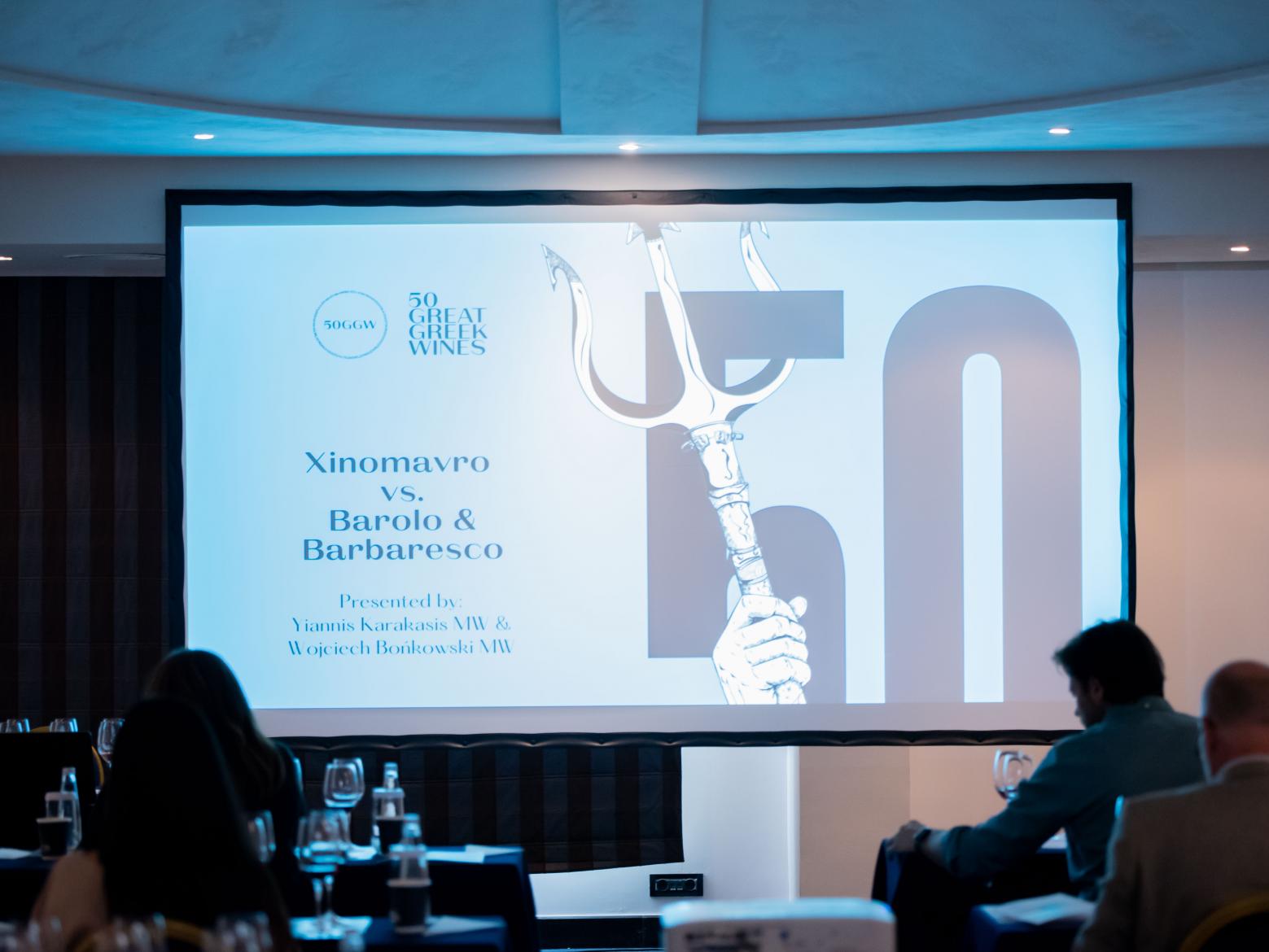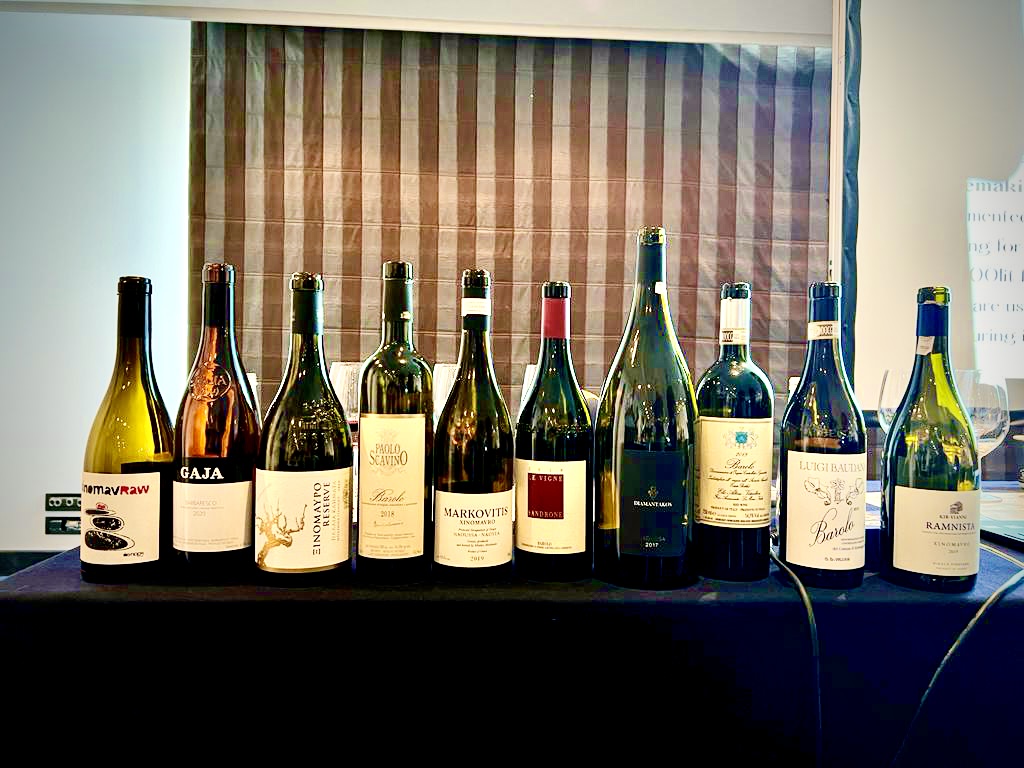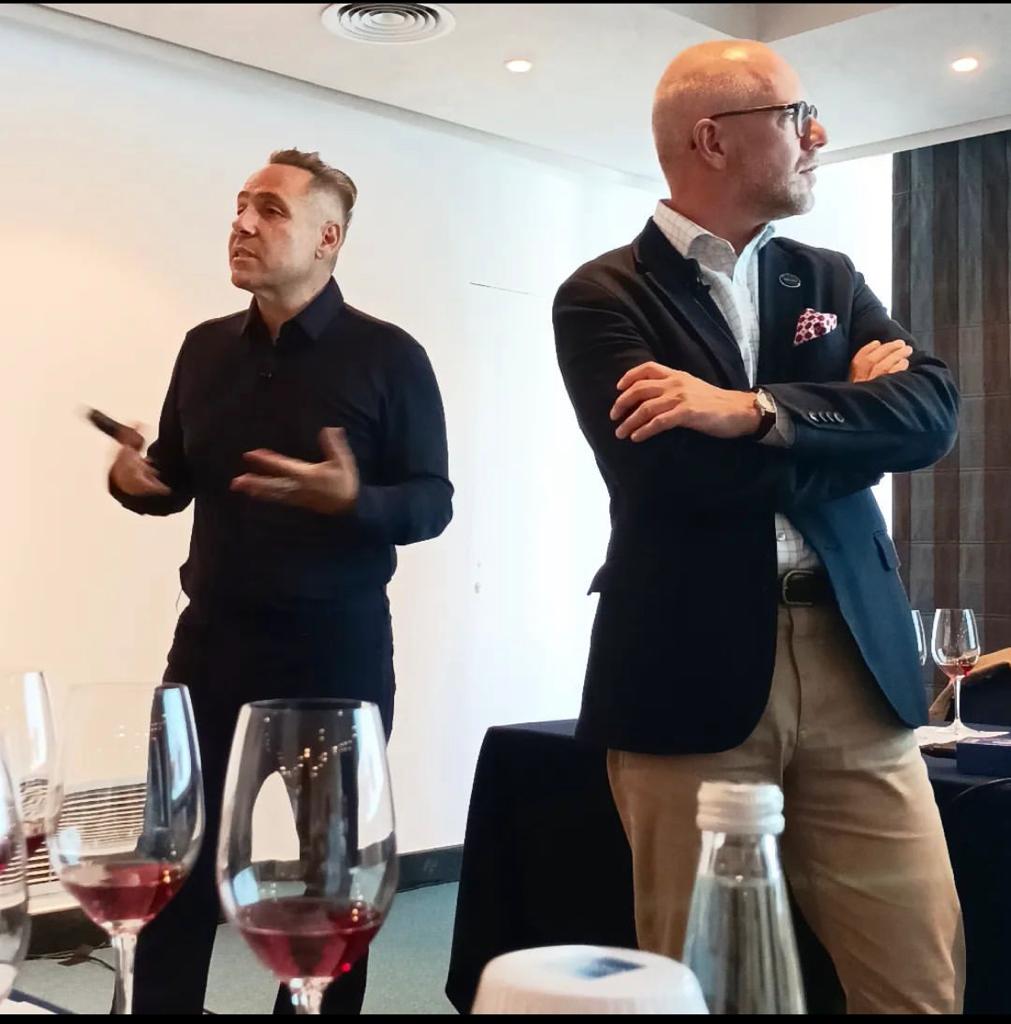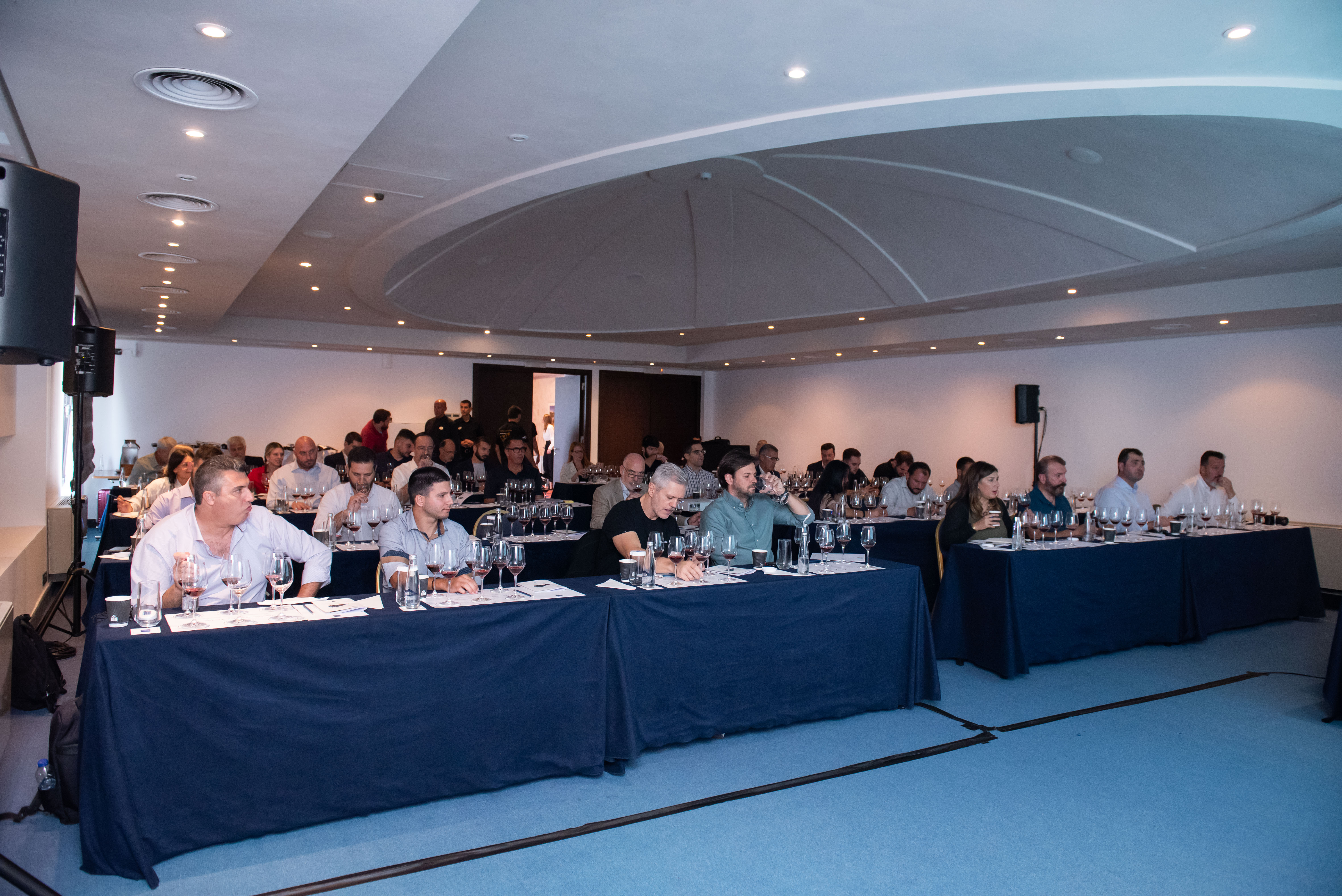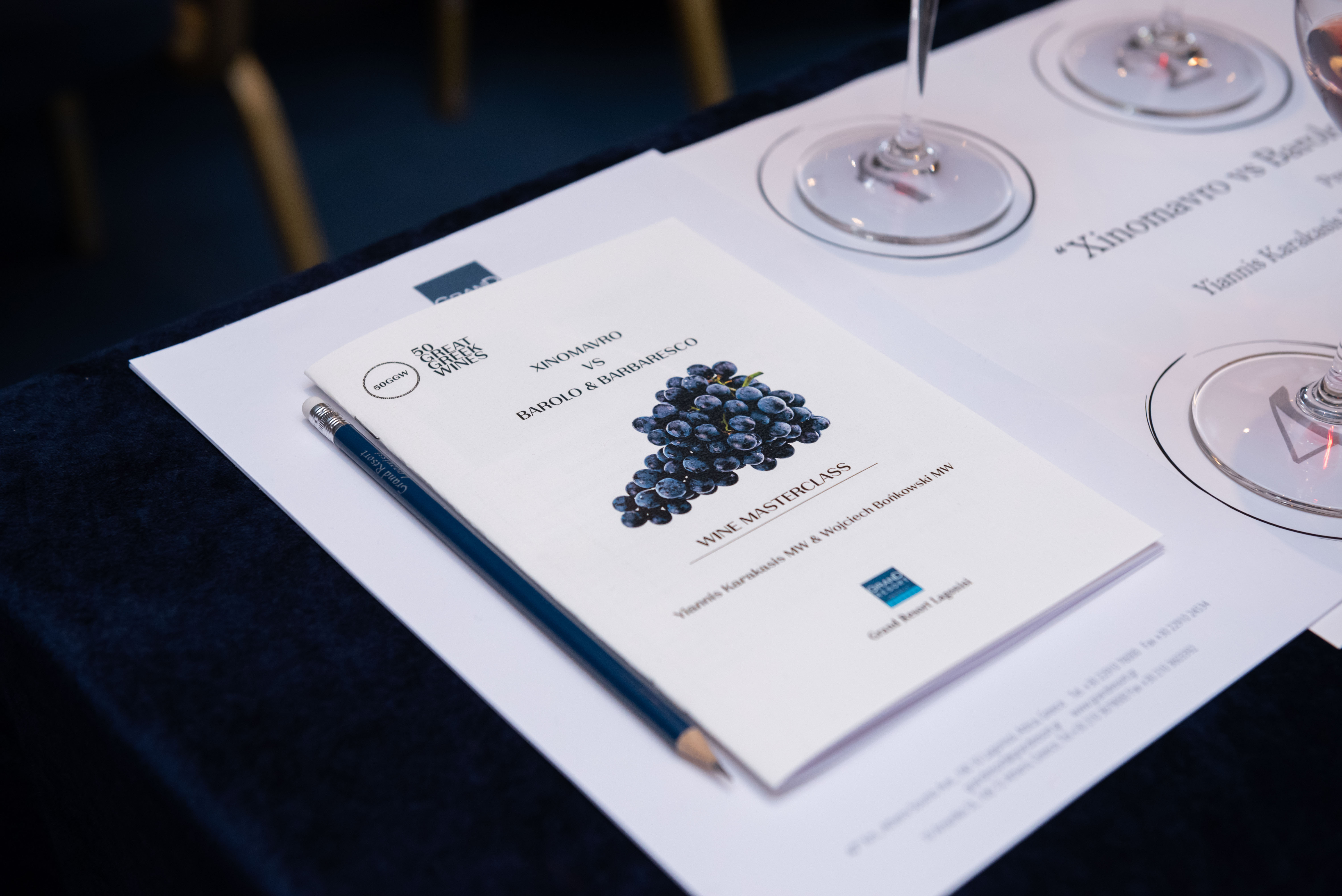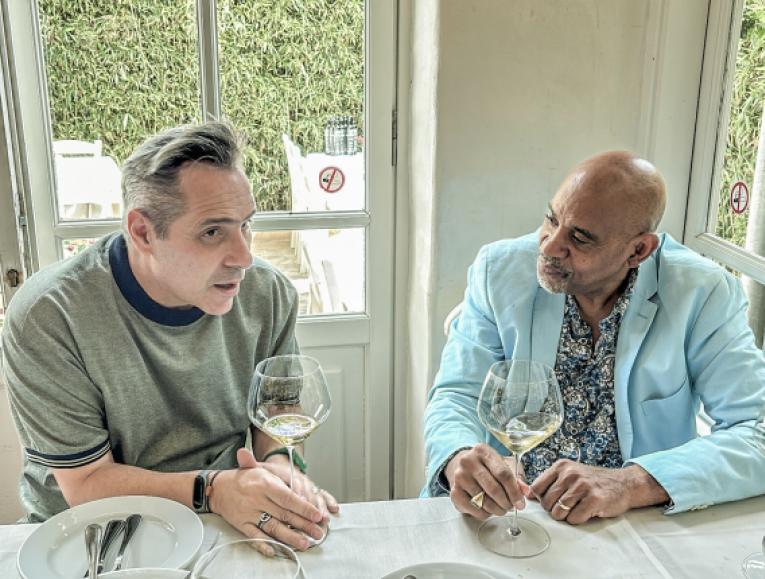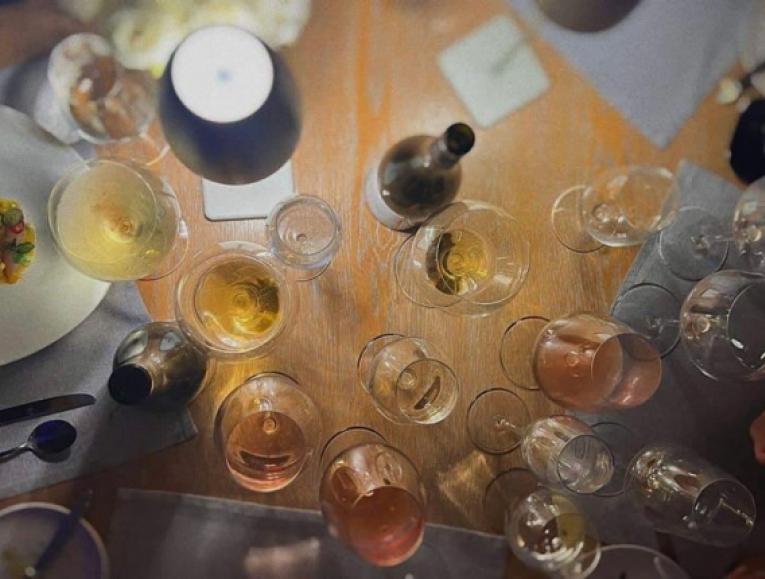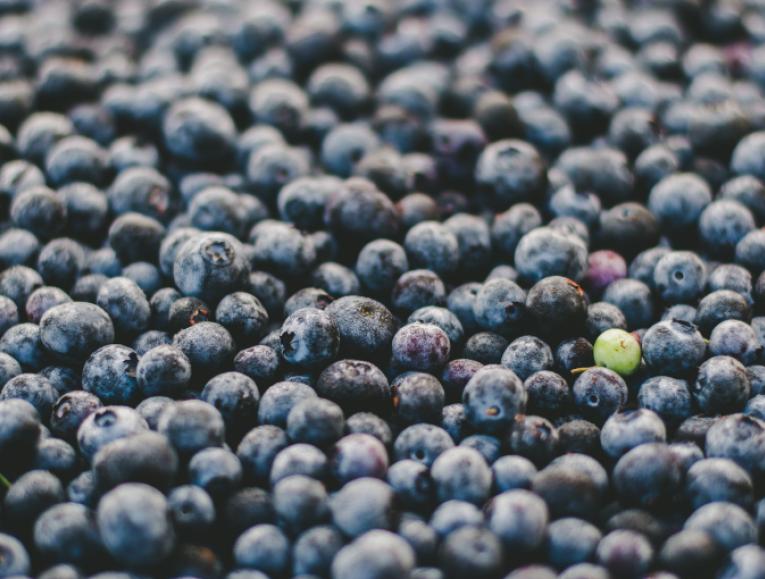Χinomavro vs Barolo & Barbaresco, The Masterclass in Athens
By Wojciech Bońkowski MW and Yiannis Karakasis MW
On November 1st, we celebrate International Xinomavro Day, dedicated to the classic grape variety of northern Greece. Xinomavro is highly praised for its long ageing potential (top wines last for many decades), ability to unveil a remarkable aromatic complexity, and striking resemblance to Nebbiolo, the star grape of northern Italy. Keeping this in mind, in partnership with Poland's Master of Wine Wojciech Bońkowski MW, a Piemonte wine specialist, we organised a masterclass just before the 50 Great Greek Wines awards ceremony.
The masterclass's purpose was to explore the similarities and differences between Xinomavro and Nebiolo. It included a blind tasting of 5 Xinomavros alongside 5 Barolo and Barbaresco wines. The question we aimed to answer: How close or far apart are these two grape varieties? To provide context, I must emphasise that during Master of Wine bootcamps, Xinomavro has, on several occasions, been mistakenly identified as Barolo, often valued at twice the price. Please keep this in mind as you continue reading the rest of this article.
The similarities between the two grape varieties are evident from the outset. They are both late-ripening varieties with low anthocyanin content (colour compounds), high acidity, and relentless, Lego brick-like tannins. Managing these tannins is the key to the outcome, which can be either disappointing or brilliant. I'm sure we've all tried Xinomavros at some point with aggressive tannins that offered very little pleasure. Furthermore, both varieties are planted in similar elevations: up to 540 meters in Barolo (with a minimum of 170) and approximately 450 to 650 meters in Naoussa and Amyndeon, respectively. The soil in these regions also plays a significant role: Serravallian vs Tortonian marl in Barolo, clay vs granite and schist in Naoussa. So, where do we pinpoint the differences?
The selection of Xinomavro wines came from the three editions of the 50 Great Greek Wines. It offered participants a comprehensive view of the variety's evolution and capabilities, highlighting its consistent quality. The following pairs of wines were tasted blind:
Oenops Xinomavro 2022 (50 GGW | 2020), Macedonia, against Gaja Barbaresco 2020
This pair emphasised both the more youthful, immediate, primary expression of Xinómavro and the most elegant approach to Nebbiolo, with no discernible oak and a great aromatic and structural precision. Gaja showed that a lighter touch, with gentle extraction and no quest for superior concentration, can yield a wine of genuinely Burgundian finesse and a clear sense of place. Oenops Xinomavraw, on the other hand, showed a courageous embrace of a more natural winemaking approach that has so far eluded the more conservative producers of the Langhe. Overall, it is an exciting pair with Oenops Xinomavro, a blend of Naoussa and Amyndeon grapes, featuring a pure red fruit character and a complete absence of oak influence. It stood impressively alongside the ultra-elegant 2020 Gaja Barbaresco, which was almost ethereal in its youth.
Alpha Estate Ecosystem Xinomavro Reserve Vieilles Vignes Single Block "Barba Yannis 2020," Amyndeon (50 GGW | 2020, 50 GGW | 2022), against Paolo Scavino Barolo 2018
Here, most of the 50 participants believed that the Alpha wine was Barolo due to the perfect tannin management, which was evidence of the excellent work the estate has been doing with this variety over the years, as well as the vineyard's old age, which imparts a unique phenolic maturity and fruit depth. Wojciech noted that the room was split in half as to which wine was a Xinómavro, which in itself was a testimony to the quality of Alpha Estate. This wine also displayed a strong sense of place with its higher acidity and red fruit profile. Scavino’s blended Barolo of 2018 felt much riper and more muscular but was a relatively supple, approachable wine compared to other Barolos on this tasting.
Markovitis Naoussa 2019, Xinomavro (50 GGW | 2023), Macedonia, against Sandrone Le Vigne Barolo 2018
Another exciting pair was the the Sandrone Le Vigne 2018, showing this producer’s customary combination of emphatic tannins, generous oak, and somewhat evolutive style. Against this background, Markovitis was the finer, more elegant wine, seamlessly balanced with gentle tannins and succulent red fruits—a true winner in a fruitier, less evolved style than any Nebbiolo on this tasting.
Elio Altare Barolo 2019 against Diamantakos Naoussa En Magnum 2017 (50 GGW | 2022)
A magnum of Diamantakos showed an impressive concentration of fruit coupled with the vintage’s perfect ripeness. While the management of the tannin in Xinómavro wines often fell short of the polish and elegance of the Nebbiolo wines, this was a sound example of fine winemaking. The Altare has decades ahead of it, despite being the producer’s entry-level blended Barolo, perhaps benefitting from the cooler microclimate of less perfectly exposed vineyards typically used in this.
Luigi Baudana Serralunga Barolo 2019 against Kyr -Yianni Naoussa Ramnista 2019 (50 GGW | 2022 & 50 GGW | 2023)
That was the appropriate closure to an ambitious masterclass, with two magisterial wines showing outstanding personality. Sourced from lower-lying vineyards, the Ramnista showed a sturdy tannic structure and a high concentration of ripe, fleshy black fruits: Xinómavro at its driest, deepest, and darkest. The Vajra family’s Baudana bottlings have improved markedly over the last few years, now displaying the airy elegance and insistent but finely-grained tannins worthy of the Serralunga elite—and perhaps a beacon of stylistic uniqueness that can serve as a guide for Xinómavro producers, where styles were clearly more varied in this tasting than the more uniform Nebbiolo wines.
Wojciech summarised the conclusions, "The masterclass emphasised the obvious similarities between Nebbiolo and Xinómavro: wines often displaying a light ruby but prominent tannic structure, fresh acidity, a clear sense of place and ageing potential. There were also differences offering food for thought: for Xinómavro, the current trend is clearly for lighter wines, with softer extraction, often no oak at all, and "natural" winemaking. In Barolo and Barbaresco, the legislative framework requires wood ageing, resulting in more evolutive wines, while lighter styles are declassified into Langhe Nebbiolo. Thirdly, the general level of the Greek wines was very high, easily competing with blazoned Piedmont brands such as Gaja or Scavino, with the notable caveat of tannins management, where Italian wines still seemed to have an edge of experience and stylistic maturity."
Warm thanks to the wineries Oenops, Alpha Estate, Markovitis, Diamantakos, Kyr -Yianni, as well as the distribution companies Cordis Wines, Sommelier's Choice, Deals, Oenocosmos, and Mr. Vertigo for generously providing the bottles.
